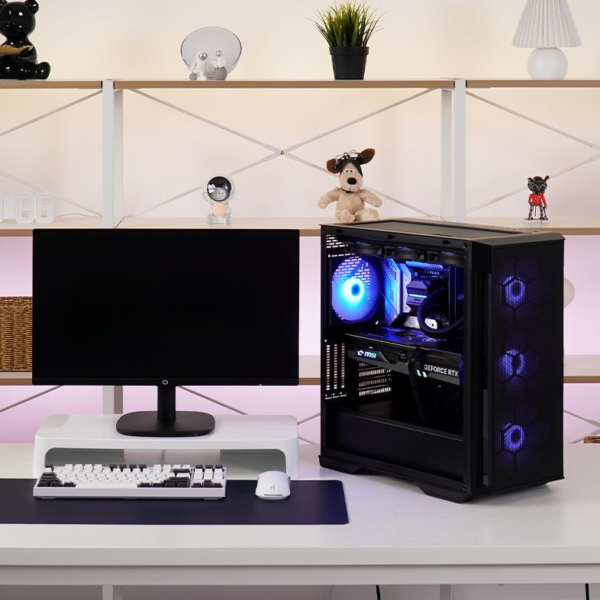
The AMD Ryzen 7 5800X3D is a high-performance desktop processor released in April 2022, as part of the Ryzen 7 lineup. This CPU is built on the Zen 3 (Vermeer) architecture and is known for its exceptional gaming performance, primarily due to its substantial cache size.
Key specifications of the Ryzen 7 5800X3D include:
- Cores and Threads: It has 8 cores and 16 threads, benefiting from AMD’s Simultaneous Multithreading (SMT) technology.
- Base and Boost Frequencies: The processor operates at a base frequency of 3.4 GHz, with the ability to boost up to 4.5 GHz.
- Cache Size: One of the most distinctive features of the Ryzen 7 5800X3D is its large L3 cache of 96 MB, which includes 32 MB on-die and an additional 64 MB off-die within vertical stacks. This large cache size is advantageous in reducing latency and speeding up data access, particularly in gaming applications.
- TDP (Thermal Design Power): It has a TDP of 105 W, indicating the need for efficient cooling solutions.
- Memory Support: The CPU supports DDR4 memory with a dual-channel interface, and the highest officially supported memory speed is 3200 MT/s.
- PCI-Express: For connectivity with other components, it uses a PCI-Express Gen 4 connection.
- Integrated Graphics: Similar to other processors in its class, the Ryzen 7 5800X3D does not come with integrated graphics, requiring a separate GPU.
In terms of gaming performance, the Ryzen 7 5800X3D shows significant improvements over some of its counterparts in the Ryzen lineup and even outperforms certain models from competitors in specific scenarios. Its large cache plays a crucial role in these performance gains, especially in games that are sensitive to cache size and latency.
The Ryzen 7 5800X3D is compatible with a broad range of AMD 400 and 500-series motherboards, which offers flexibility for users looking to upgrade their systems.
The processor’s design includes a single 3D V-Cache stack that incorporates additional L3 cache, sitting on top of the TSVs already featured on existing Zen 3 CCDs. This design approach ensures that the V-Cache does not significantly affect the heat output or power consumption of the core, while still enhancing the processor’s overall performance, particularly in latency-sensitive applications like gaming.


 AI / Deep Learning
AI / Deep Learning Video Editing
Video Editing CAD 2D/3D
CAD 2D/3D Graphic Design
Graphic Design Gamer
Gamer







